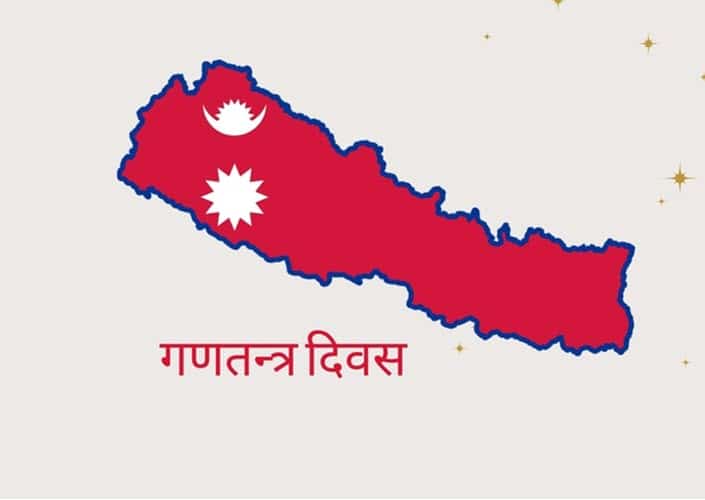Nepal Republic Day: History, Theme, and Significance

Republic Day is a significant national holiday in Nepal that commemorates the establishment of the Federal Democratic Republic of Nepal. It is observed on May 28th every year and marks the day when Nepal abolished the monarchy and became a republic in 2008. On this day, various events and ceremonies are organized throughout the country to celebrate the historic occasion.
History of Nepal Republic Day
The history of Nepal Republic Day dates back to the period following the Nepalese Civil War and the People’s Movement in 2006. Nepal had been a constitutional monarchy for over two centuries, with the monarchy being regarded as the symbol of national unity and cultural identity. However, political dissatisfaction and a desire for change grew within the country.
In 2006, a comprehensive peace agreement was signed between the Government of Nepal and the Communist Party of Nepal (Maoist), ending the decade-long civil war. Following this, massive protests and demonstrations took place in Nepal, demanding political reforms and the establishment of a republic.
On May 28, 2008, the Constituent Assembly of Nepal, which had been elected in 2008 to draft a new constitution, declared Nepal as a Federal Democratic Republic. This decision effectively abolished the monarchy and transformed Nepal into a republic.
Significance of Nepal Republic Day
The establishment of Nepal as a republic holds immense significance for the country. Here are some key points that highlight the importance of Nepal Republic Day:
- Democracy and Political Transformation: The declaration of Nepal as a republic marked a significant transition from a monarchy to a democratic republic. It symbolizes the people’s power to determine the political structure of their nation.
- National Unity: Republic Day serves as a reminder of the unity and collective aspirations of the Nepalese people. It represents the willingness of different ethnic, religious, and cultural groups to come together for the betterment of the nation.
- Sovereignty and Independence: The establishment of a republic reinforces Nepal’s sovereignty and independence. It emphasizes the nation’s autonomy and ability to govern itself without external influences.
- Constitutional Reform: The move towards a republic prompted the drafting of a new constitution that aimed to address the diverse needs and aspirations of the Nepalese people. The constitution would be finalized and promulgated in the following years, further solidifying Nepal’s transition.
Events at Nepal Republic Day
Nepal Republic Day is marked by several events and celebrations across the country. Here are some common activities that take place:
- Flag Hoisting: The national flag of Nepal is hoisted in various governmental and public buildings, symbolizing national pride and unity.
- Ceremonial Programs: Official ceremonies are held at the President’s Office, Parliament, and other government institutions. The President of Nepal addresses the nation, highlighting the achievements of the republic and outlining future goals.
- Parades and Processions: Colorful parades, processions, and cultural performances are organized in different parts of the country. These events showcase Nepal’s diverse cultural heritage, traditional dances, music, and attire.
- Cultural Programs: Cultural programs and exhibitions are held, where artists and performers showcase Nepalese art, music, dance, and folklore. These events promote cultural harmony and unity among the people.
- Public Gatherings: People gather in public squares and parks, engaging in patriotic activities, singing national anthems, and expressing their joy and pride in the republic.
Observer Voice is the one stop site for National, International news, Sports, Editor’s Choice, Art/culture contents, Quotes and much more. We also cover historical contents. Historical contents includes World History, Indian History, and what happened today. The website also covers Entertainment across the India and World.

